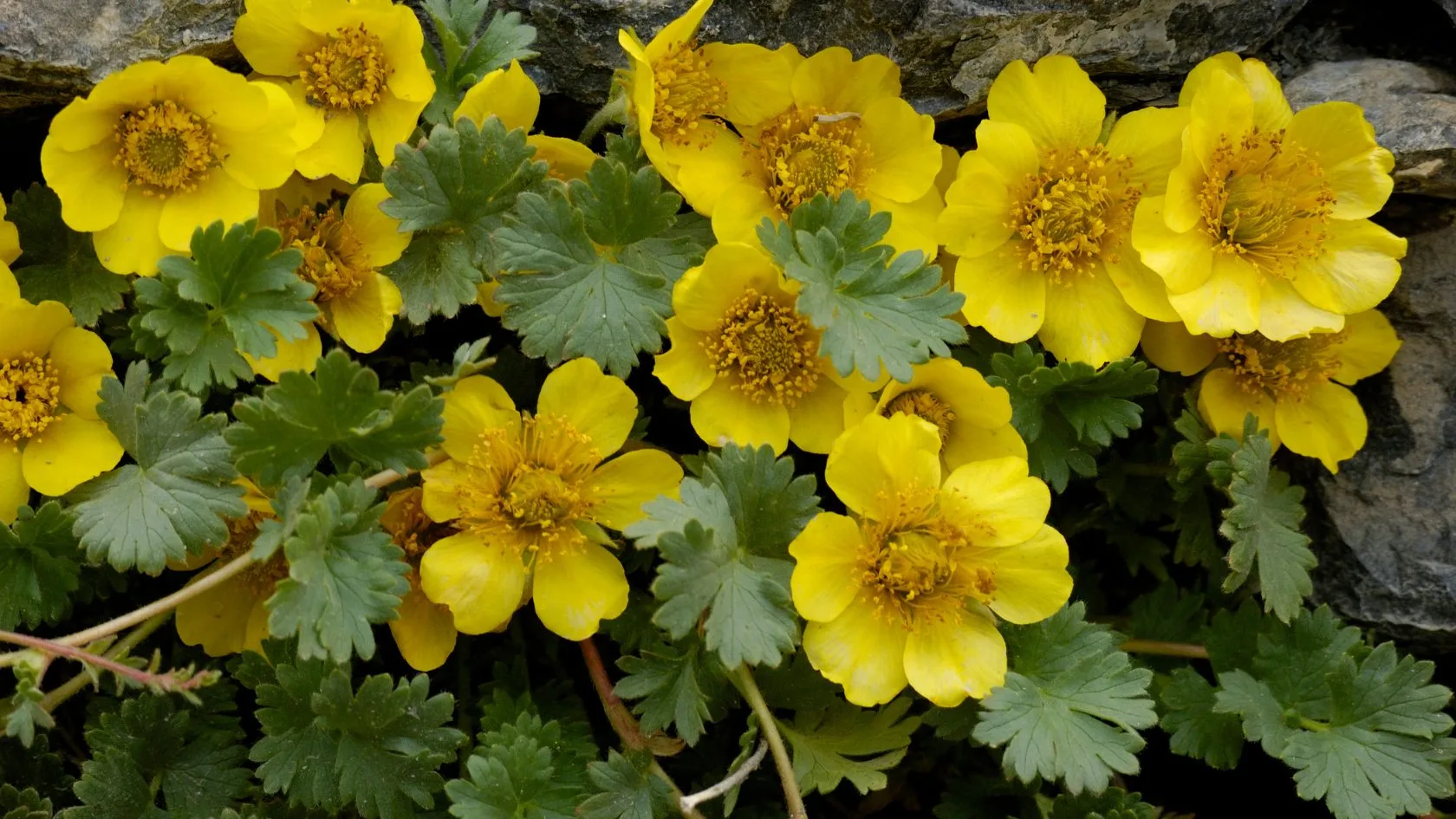Peonies are popular flowering plants known for their large, often fragrant blooms and lush foliage. They are a favorite in many gardens due to their beauty and relatively low maintenance once established. Here’s a comprehensive overview of peonies:

Types of Peonies
- Herbaceous Peonies
- Tree Peonies (Paeonia suffruticosa)
- Intersectional Peonies (Itoh Peonies)
Peony Plant Care
Location: Choose a sunny spot with well-drained soil. Peonies prefer full sun (at least 6 hours of sunlight daily) but can tolerate some shade.
Soil: They thrive in rich, fertile soil. Adding compost can improve soil quality.
Planting Depth: For herbaceous and Itoh peonies, plant the eyes (buds) 1-2 inches below the soil surface. Tree peonies should be planted slightly deeper.
Spacing: Space peony plants 3-4 feet apart to allow for good air circulation and growth.
Peony Plant Gardening
Here are some essential tips for growing and caring for peonies:
- Sunlight and Soil:
- Sun: Plant peonies in full sun (6 to 9 hours of sunlight per day) for optimal growth.
- Soil: They thrive in loamy, fertile, and well-drained soil. While partial shade is acceptable (producing good foliage), full sun is preferable for abundant flower production. Ensure the spot you choose allows for undisturbed roots and provides shelter from the wind.
- Planting Depth:
- Herbaceous peonies: Position them with their “eyes” (next year’s buds) ½ inch (in warmer zones) to 2 inches (in cooler zones) below the soil surface.
- Tree peonies: Plant deeper than herbaceous types. Dig a hole 2 feet deep and 1 foot wide, amending the backfill with organic matter. Position the graft 4 to 6 inches below ground level.
- Spacing and Competition:
- Give peonies plenty of room. Avoid planting them near large trees and shrubs to prevent root competition.
Peony Plant Watering and Fertilizing
Watering: Especially throughout the growth season, make sure the soil is consistently wet. Avoid overwatering as peonies do not like waterlogged conditions.
Fertilizing: Use a balanced fertilizer in early spring. Too much nitrogen can lead to lush foliage but fewer flowers.
Pruning and Maintenance
Pruning: Cut back herbaceous peonies in the fall after the foliage has died. For tree peonies, remove dead or weak wood in early spring.
Staking: Large-flowered varieties might need staking to support heavy blooms.
Peony Plant Pests and Diseases
Common Issues: Peonies can be susceptible to botrytis blight, powdery mildew, and leaf spot. To avoid these problems, maintain enough air circulation and refrain from watering from above.
Pests: Ants are often found on peony buds due to the sticky nectar but are not harmful to the plants.
Propagation of Peony Plant
Peony Plant: The most common method is dividing the root clump in the fall. Each division should have at least 3-5 eyes.
Seed: Growing peonies from seed is possible but takes several years to bloom.Bloom Time and Colors
Bloom Time: Peonies typically bloom from late spring to early summer, with the exact timing depending on the variety and location.
Colors: They come in a range of colors including white, pink, red, and yellow. Some varieties have multi-colored or patterned blooms.
Garden peony plant
The most common type of peony for a garden is the herbaceous peony. These are bushy perennials that die back to the ground in the fall and return in the spring.
White peony plant
White peonies are a stunning addition to any garden. They are a type of herbaceous peony, which are bushy perennials that die back to the ground in the fall and return in the spring. These peonies are known for their large, showy flowers in a pure white color, and come in a variety of subspecies with different flower shapes and sizes.
Peony Plant benefits
Medicinal Uses
Peonies have been used in traditional medicine for centuries, particularly in Chinese and Japanese medicine. Some of the medicinal benefits include:
- Anti-inflammatory Properties:
- Compounds in peonies, such as paeoniflorin, have anti-inflammatory effects and have been used to treat conditions like arthritis and muscle pain.
- Menstrual and Reproductive Health:
- Peony root is often used in traditional medicine to alleviate menstrual cramps and regulate menstrual cycles.
- It has also been used to treat polycystic ovary syndrome (PCOS) and other reproductive health issues.
- Sedative and Antispasmodic Effects:
- Peony extracts can have calming effects and are used to reduce anxiety, promote relaxation, and treat spasms and convulsions.
- Skin Health:
- Peony extracts are sometimes used in skincare products for their anti-inflammatory and antioxidant properties, which can help improve skin health and reduce signs of aging
Peony Plant Names in Other Languages
- Chinese (Mandarin): 牡丹 (mǔdān)
- Japanese: 牡丹 (botan) or 芍薬 (shakuyaku) for herbaceous peonies
- Korean: 모란 (moran) for tree peonies, 작약 (jagyak) for herbaceous peonies
- French: Pivoine
- German: Pfingstrose
- Spanish: Peonía
- Italian: Peonia
- Portuguese: Peônia
- Russian: Пион (pion)
- Greek: Παιώνια (paiónia)
- Dutch: Pioenroos
- Swedish: Pion
- Finnish: Pioni
- Polish: Piwonia
- Turkish: Şakayık
- Arabic: الفاوانيا (alfawania)
- Hebrew: פיונית (pionit)
- Hindi: गुलबकावली (gulbakawali)
- Bengali: গুলবকাওলি (gulbakaoli)
- Peony Plant: పియోనీ మొక్క (Peony Mokka)
- Peony Plant: ಪಿಯೋನಿ ಸಸ್ಯ (Peony Sasya)
- Peony Plant: பீயோனி செடி (Peony Chedi)



I went over this site and I believe you have a lot of wonderful information, saved to bookmarks (:.
I have not checked in here for a while because I thought it was getting boring, but the last few posts are great quality so I guess I will add you back to my everyday bloglist. You deserve it my friend 🙂